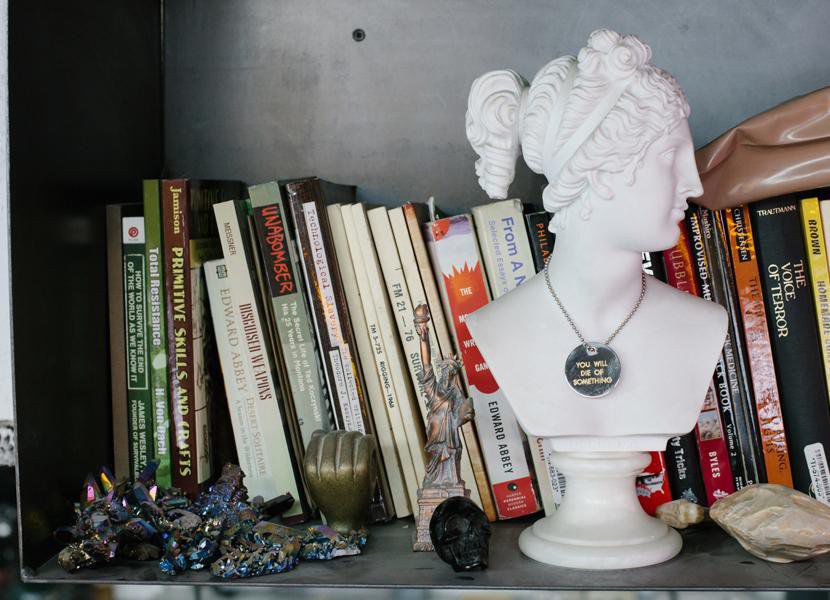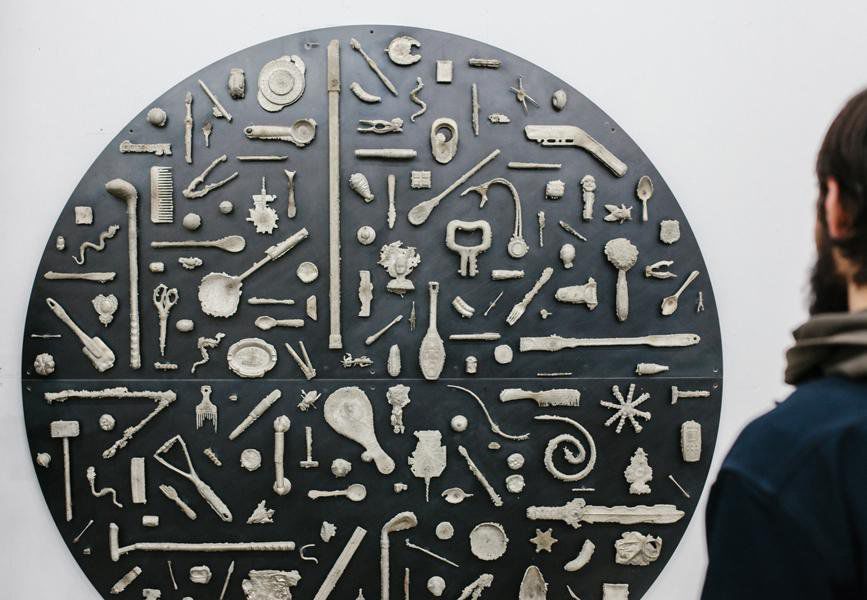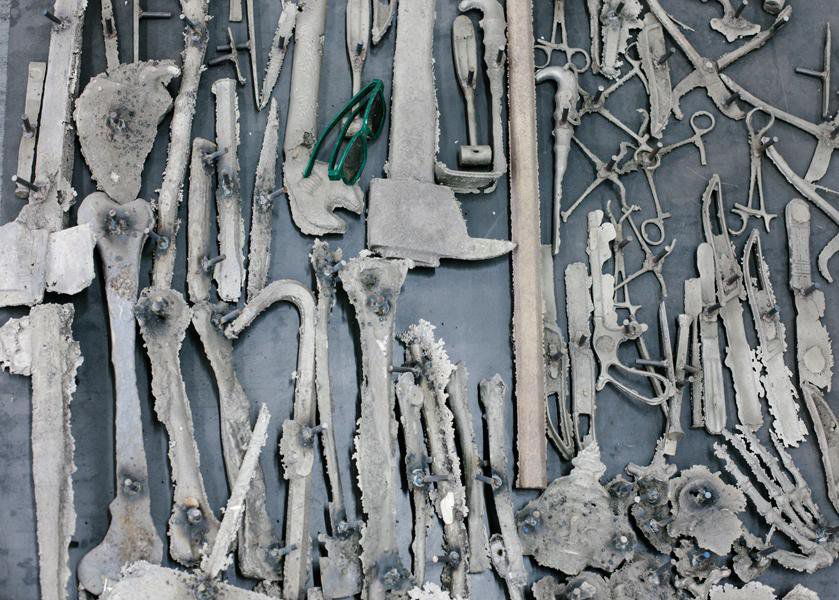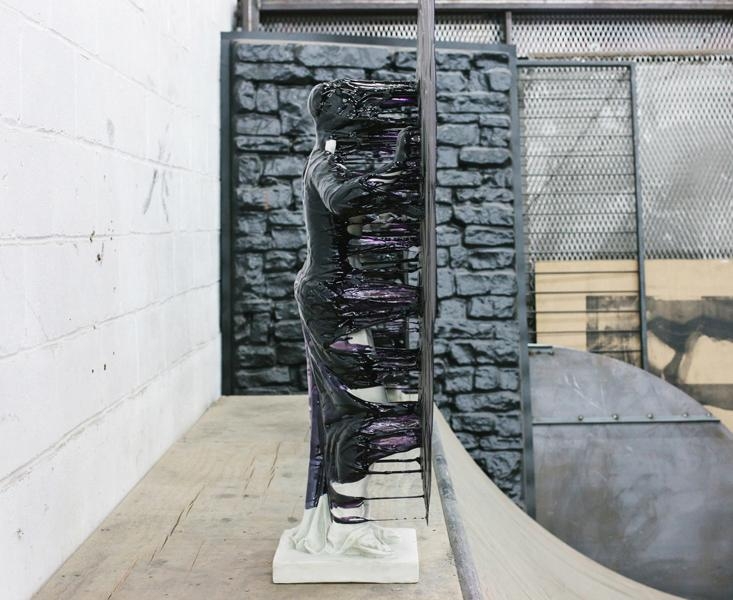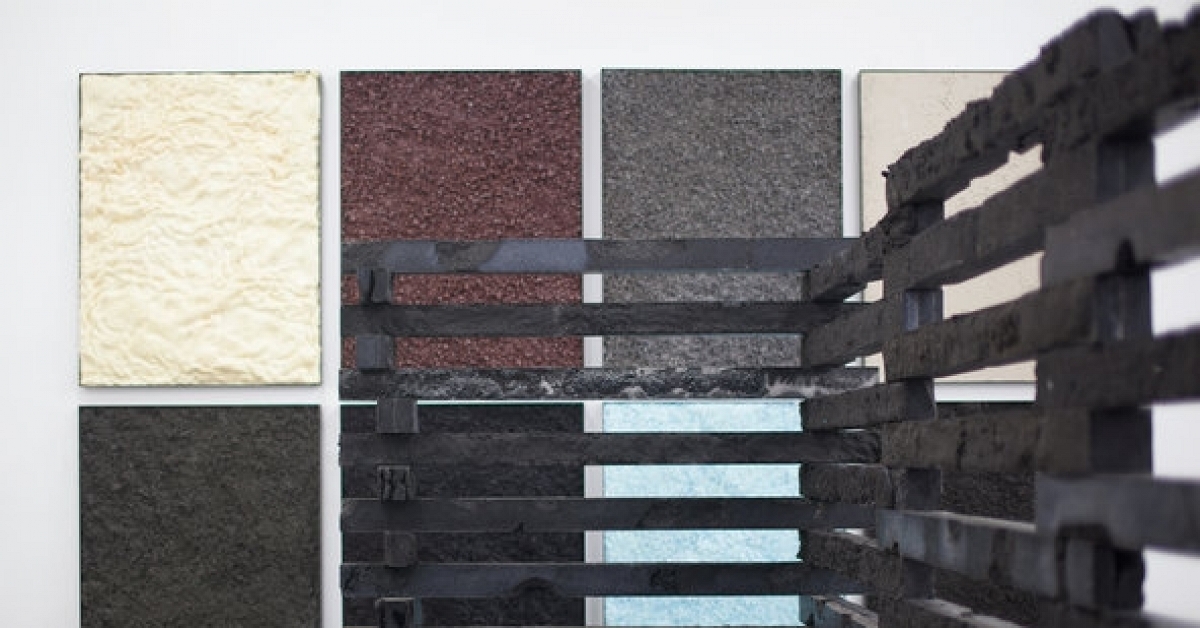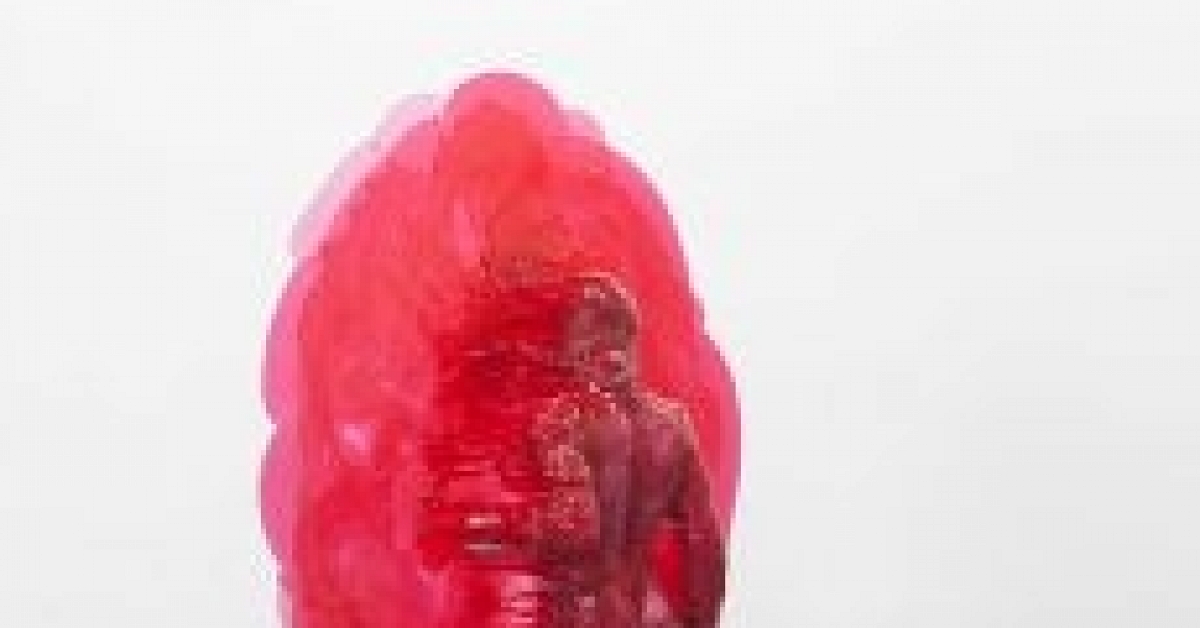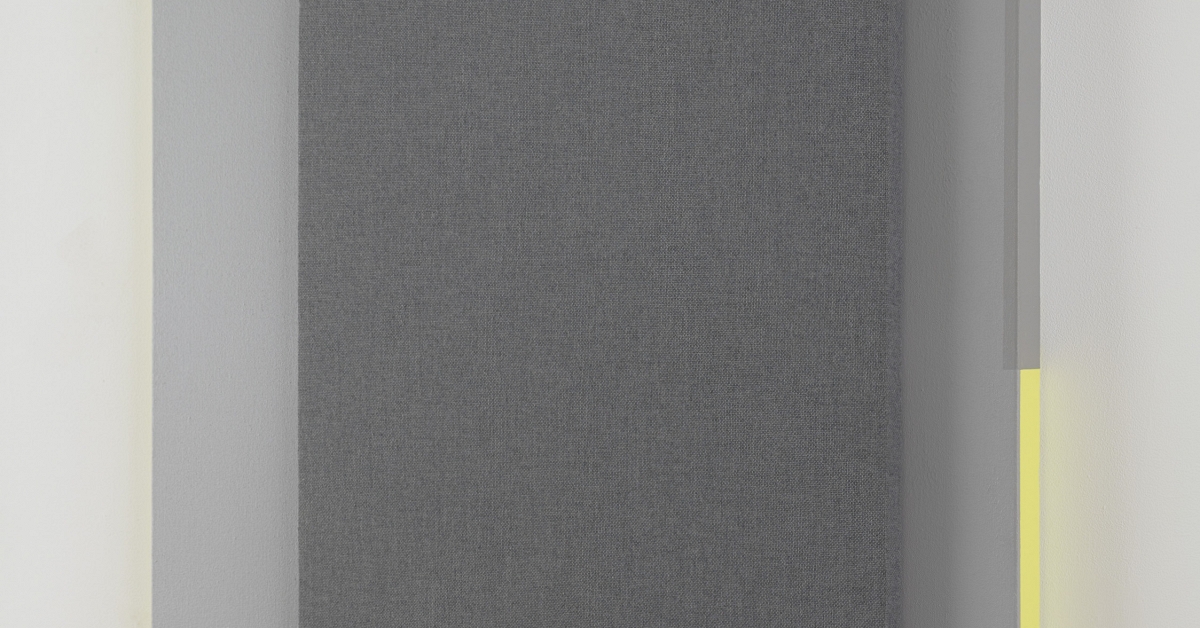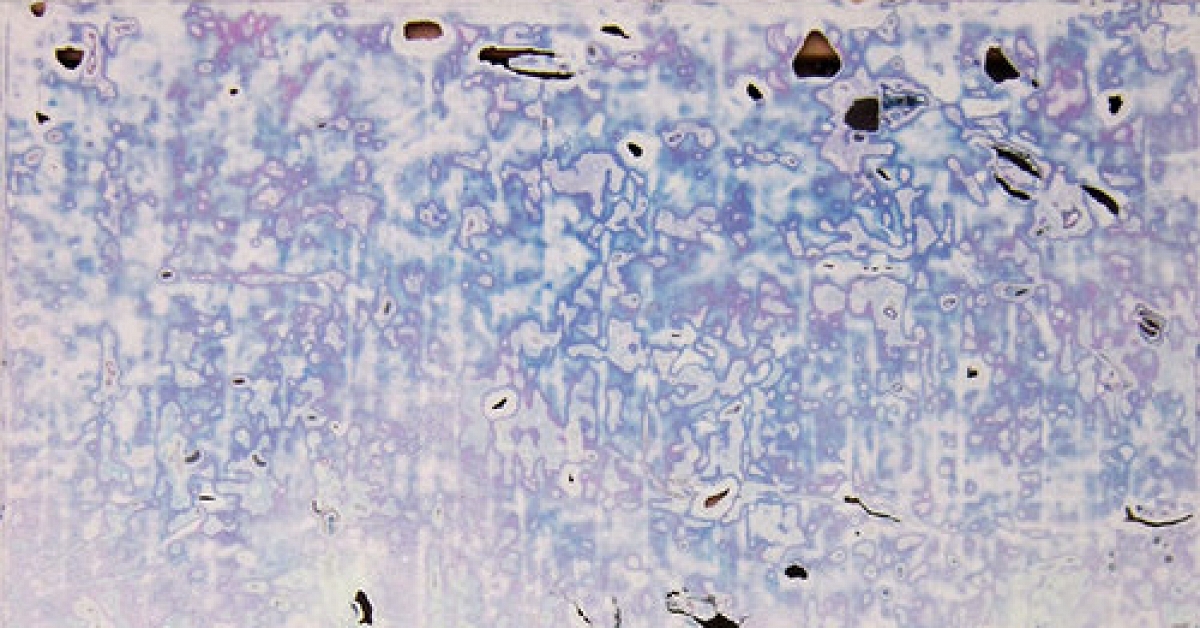Studio Visit: Nick Van Woert
Sight Unseen / Mar 29, 2013 / by Monica Khemsurov / Go to Original
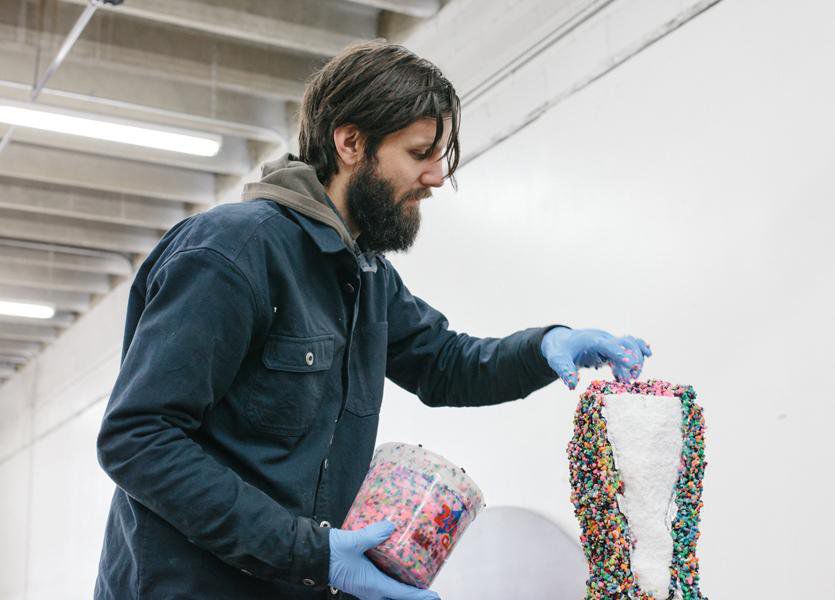
PHOTOS BY BRIAN W. FERRY
Visit Nick van Woert’s massive studio in Greenpoint, and in all likelihood you’ll find a cluster of white people standing in a corner, naked and clutching each others’ butts — these artificial neo-classical statues have been a recurring theme in the Nevada-born artist’s work since shortly after he began his career in earnest in 2006. Many of them get tipped over and enveloped in a cascade of colored resin that hardens in mid-drip; in one series, he hollowed out their midsections and let the wind give them garbage guts. “It was like a little trap, and the wind would blow weird shit in there that accumulated outside my studio,” van Woert says. “Anything from Doritos bags to Monster Energy drink cans. The DNA of the world outside.” It was his most literal manifestation of the mantra that drives most of his practice: You are what you eat.
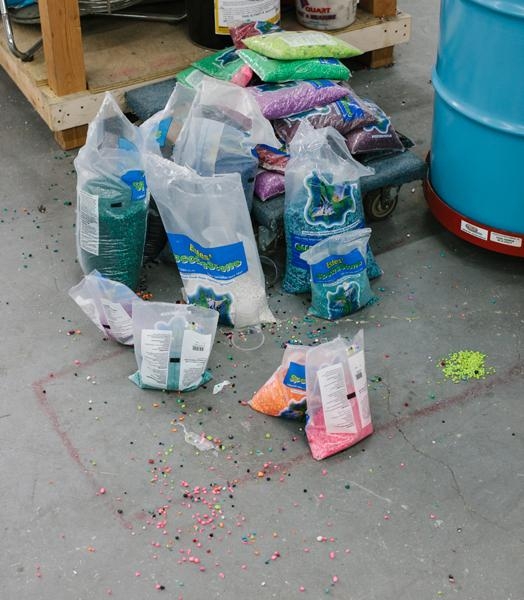
Figuratively speaking, the idea is that the world we’ve built for ourselves is only as good as the materials we’ve used to build it — these days, that means all manner of plastics, strange chemicals, and the hollow plaster that replaces stone in the replica statues van Woert repurposes. He’s preoccupied with materials, and the way modern society has by and large found a way to substitute bad ones for pretty much all the good ones, a condition he mirrors in his own work. One of his more recent projects is a series of strange topologies made from coal slag, kitty litter, or urethane mixed with orange cola. Other pieces employ Plexiglas boxes full of Pine-Sol and Mr. Clean. “The colors are reminiscent of the early Hudson River School painters and Albert Bierstadt, who painted landscapes hours away from where I grew up in Reno, Nevada,” van Woert says. “Things aren’t the same anymore. It’s like trying to understand what this material shift is, and why it’s happening.”

Van Woert sees that shift most acutely in the world of architecture, which he actually studied in grad school in Reno before moving to New York (picking up an obsession with the work of Thom Mayne along the way). “We’re no longer interested in building with monolithic materials like stone or wood,” he says. “Architecture’s moved from stone to Styrofoam.” The classical sculptures he stockpiles are, again, the embodiment of that downgrade: “It’s like this desire to keep the past alive visually but not materially, and that’s the opposite of the way I look at artwork or the way I look at the world in general — how things are made and what they’re made from, not what they look like.” And yet van Woert can’t deny that he has an architect’s eye for scale and composition, even when he’s working with garbage or aquarium rocks, which is what drew us to his work in the first place. We dragged SU contributor Brian W. Ferry to his studio with us to take a closer look.
